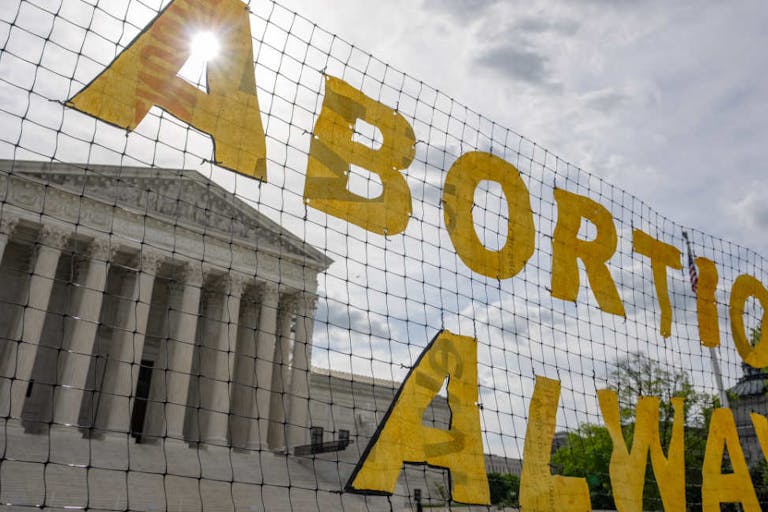
A growing number of Americans call themselves ‘pro-choice’ – but what’s really behind it?
Nancy Flanders
·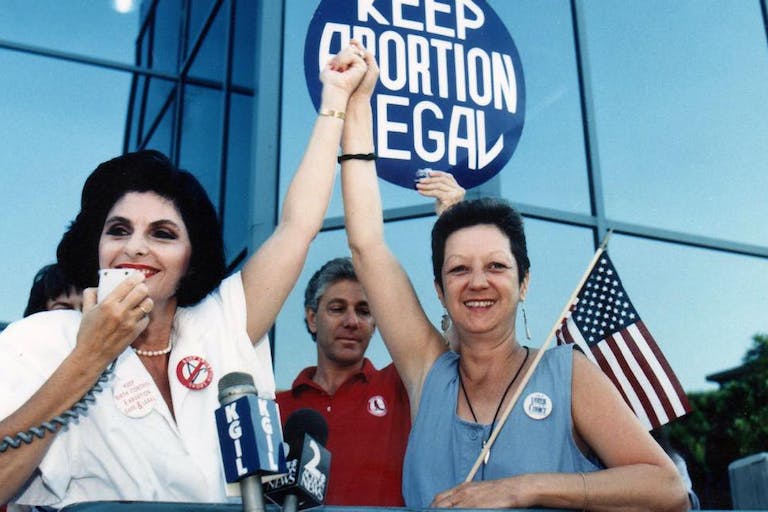
As with Jane Roe, the abortion industry still exploits women to claim abortion is necessary
When pro-abortion groups wanted to ensure abortion became fully legalized throughout the United States, they needed a story that could gain the sympathy of the courts and a woman they could manipulate. The woman they chose was Norma McCorvey — the “Jane Roe” of Roe v. Wade — and her fabricated story of pregnancy through gang rape was exactly what two pro-abortion attorneys needed to garner support for legalized abortion.
Today, the abortion industry and its allies are again exploiting women’s difficult situations to attempt to expand abortion since the Supreme Court’s reversal of Roe v. Wade.
The exploitation of Norma McCorvey and Sandra Cano
Norma McCorvey was pregnant with her third child in 1969 in Texas, where abortion was illegal. She claimed that she had been gang-raped and wanted an abortion, and was referred to attorneys Sarah Weddington and Linda Coffee. McCorvey shared details of that meeting, saying, “We sat and talked and drank beer for the longest time. We got kinda smashed. Then we had pizza, then we drank some more beer…. They never said anything about ‘it’s really a baby, Norma. You’re going to be killing your baby.’ …I didn’t have a clue, I was ignorant….”
In Joseph Dellapenna’s book, “Dispelling the Myths of Abortion History,” he explained that the two attorneys “kept McCorvey out of the loop.” He wrote, “McCorvey had virtually no involvement in the litigation other than providing an almost fictional plaintiff… [F]ailure to consult the client was a major failure according to the legal profession’s ethical codes.” (p. 679)
Weddington had advised an abortion-referral network that flew women from Texas to California every weekend for abortions, and had undergone an abortion herself despite its illegality in Texas. She had the connections to get McCorvey an abortion if she wanted to.
But helping McCorvey was never Weddington’s intent.
Live Action president and founder Lila Rose explained, “If Weddington really wanted to get Norma an abortion, she could have, as she was heavily involved in an abortion referral network in Texas. Weddington had the resources. But she never mentioned this to Norma, because apparently, that would mean losing the only plaintiff that she had with the necessary legal standing to challenge the law. How ironic, that Weddington championed abortion access for all women by secretly withholding an abortion from her client.”

McCorvey never had an abortion and placed her baby girl for adoption. But a few years later, her story allowed the Supreme Court to hand down a ruling that was in place for 50 years and led to the deaths of more than 63 million innocent human beings. Millions of American women would be coerced into abortions over the 49 years of Roe v. Wade‘s rule.
Like McCorvey, Sandra Cano was exploited as “Mary Doe” in Doe v. Bolton, the sister ruling of Roe handed down the same day. Cano was seeking custody of her children and divorce from her husband, not an abortion. She explained, “The case brought by my lawyer in the name of Mary Doe was a fraud upon the Supreme Court of the United States and the people of America. My mother and my lawyer wanted me to have an abortion. Not me. I ran away to Oklahoma to avoid the abortion they demanded.” Cano felt “no one should have the right to kill their children,” but they used her story to help make abortion legal anyway.
When Roe finally fell in June of 2022, abortion proponents found more vulnerable women and girls to exploit in order to keep abortion legal and profitable.
The post-Roe exploitation of women and girls
Within two weeks of the fall of Roe, abortion advocates were on the move with a heartbreaking story and an abused young girl to exploit.
Indianapolis abortionist Caitlin Bernard announced to the media that she had committed an abortion on a 10-year-old girl who had been raped and was allegedly forced to travel to Indiana from her home state of Ohio for an abortion. Bernard reportedly committed the “medical abortion” (abortion by pill) on June 30 — and the Indianapolis Star reported the girl’s story the next morning at 5:00 a.m., proving Bernard wasted no time in getting the story to the press.
It is unknown if the girl and her mother were aware they were about to make headlines across the nation in Bernard’s attempt to justify legalized abortion on demand (instead of advocating for the police to find the child’s rapist and for stricter laws against rape and child abuse). Bernard previously was the subject of a complaint filed against nine Indiana abortionists for allegedly failing to report child sexual abuse.
In addition, Ohio law would not have prevented the 10-year-old girl from undergoing an abortion. Ohio Attorney General Dave Yost explained that the state’s medical exception for abortion would have allowed an abortion after six weeks because there is a “medical-emergency exception broader than just the life of the mother.”
But that wouldn’t have made headlines or played on people’s emotions to encourage them to support abortion.
The abortion industry found another woman to exploit in August when Nancy Davis shared the heartbreaking story of her preborn baby who had been diagnosed with acrania, which was likely to cause the baby’s death at or shortly after birth. Davis told the media that her doctors recommended an abortion but refused to carry one out. Feeling that killing her baby was better than waiting for her baby to die naturally, Davis said she was being forced to travel out of her state of Louisiana for the abortion. She said she planned to go to a state in the south, but instead she traveled to New York for the abortion and the media claimed she was forced to do so by the pro-life laws in Louisiana.
Her story spread like wildfire across media outlets and eventually, just days after her abortion, to the Dr. Phil show, where Davis appeared alongside Live Action founder and president Lila Rose and Louisiana State Senator Katrina Jackson (D) who authored Louisiana’s pro-life law. Jackson explained that the Louisiana abortion law allows exceptions for babies who receive a diagnosis of 24 different conditions or when two doctors agree the baby will die at birth.
Davis admitted to Dr. Phil that her doctors had reversed course and offered her the abortion. She never had to travel out of state, let alone as far as New York.
Davis suffered trauma when she learned of her child’s diagnosis, and abortion advocates failed to note that women who carry their preborn children to term after receiving such a diagnosis have better mental health outcomes than those who have an abortion, according to multiple studies.
Research has found that women who have an abortion following a prenatal diagnosis are at higher risk for post-traumatic stress disorder and emotional anguish than women who carry to term after such a diagnosis. But abortion advocates didn’t seem to care about Davis’ mental health. They did, however, exploit her traumatic loss to build support for legalized abortion throughout pregnancy for any reason.
Induced abortion is not health care and life-affirming alternatives to saving mothers’ lives are available — and abortionists know this. They also know that the best way to build support for abortion up to birth for any reason is by exploiting the women and girls who are scared, vulnerable, and possibly traumatized.

Live Action News is pro-life news and commentary from a pro-life perspective.
Contact editor@liveaction.org for questions, corrections, or if you are seeking permission to reprint any Live Action News content.
Guest Articles: To submit a guest article to Live Action News, email editor@liveaction.org with an attached Word document of 800-1000 words. Please also attach any photos relevant to your submission if applicable. If your submission is accepted for publication, you will be notified within three weeks. Guest articles are not compensated (see our Open License Agreement). Thank you for your interest in Live Action News!

Nancy Flanders
·
Guest Column
Hector O. Chapa, M.D.
·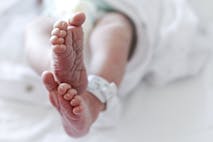
Opinion
Mark Wiltz
·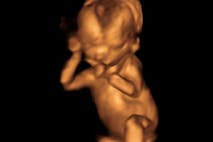
Guest Column
Hector O. Chapa, M.D.
·
Politics
Nancy Flanders
·
Politics
Mark Wiltz
·
Human Interest
Nancy Flanders
·
Issues
Nancy Flanders
·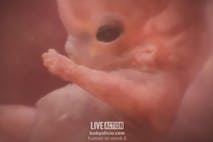
Fact Checks
Nancy Flanders
·
Fact Checks
Nancy Flanders
·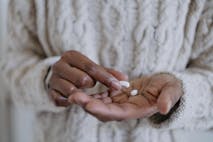
Abortion Pill
Nancy Flanders
·